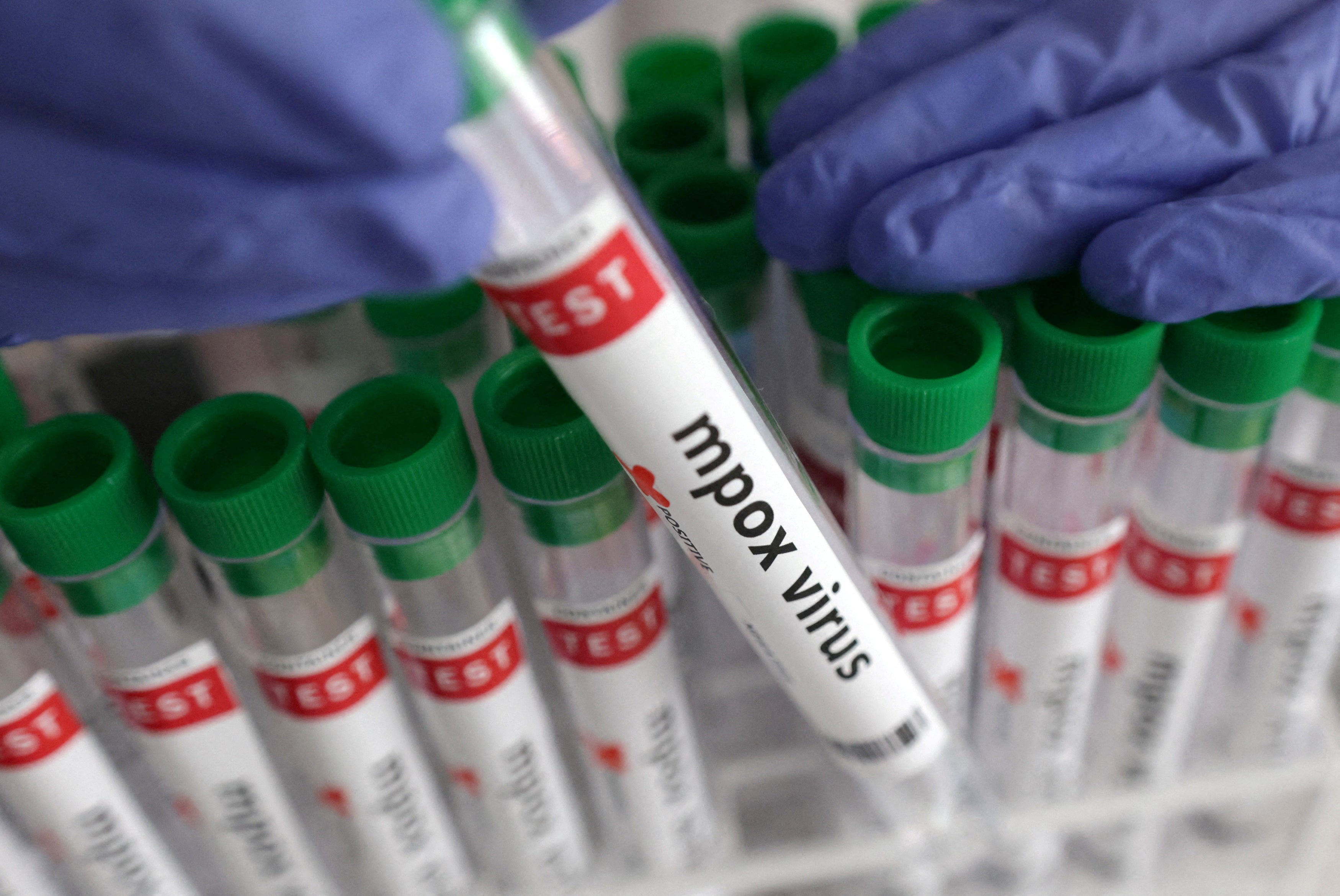China has detected the new mutated clade 1b strain of mpox for the first time as the outbreak, declared a global health emergency by the WHO, continues to spread.
The Centre for Disease Control and Prevention said on Thursday that the source of the “cluster outbreak” was a foreigner who had lived in the Democratic Republic of the Congo.
Four people who had close contact with the source were found to be infected as well, the agency said without revealing the location of the outbreak.
“Recently, a cluster outbreak of monkeypox virus subclade Ib was discovered. The source of infection was a foreigner with a history of living in the Democratic Republic of the Congo,” it said.
Authorities in Zhejiang, Guangdong, Beijing, and Tianjin provinces have launched a joint epidemiological initiative to diagnose and treat infected individuals and contain the spread.

Mpox spreads through close contact with infected people and causes flu-like symptoms and pus-filled lesions on the body. The symptoms can last 2-4 weeks, accompanied by fever, headache, muscle aches, back pain, low energy, and swollen lymph nodes, according to the WHO.
Although it is usually mild, mpox can be fatal in rare cases.
There are two clades or branches of the virus at present, each of which is divided into subbranches Ia, Ib and IIa, IIb.
Last August, WHO declared mpox a global public health emergency for the second time in two years after an outbreak in the Democratic Republic of Congo.
Clade lb began spreading in the African nations of Burundi, Kenya, Rwanda and Uganda last year mainly affecting children and adolescents
It was subsequently reported in Europe and North America as well.
The US reported its first case in November. However, the US Centres for Disease Control reassured the public that risks from mpox infection remained “very low”.
Chinese authorities said the newly identified cases mainly showed “relatively mild” symptoms, including rashes and herpes-like symptoms with “no infected persons found among general contacts”.
“The related infected persons and risk persons are receiving medical treatment and health observation, and the epidemic has been effectively handled,” they noted.







